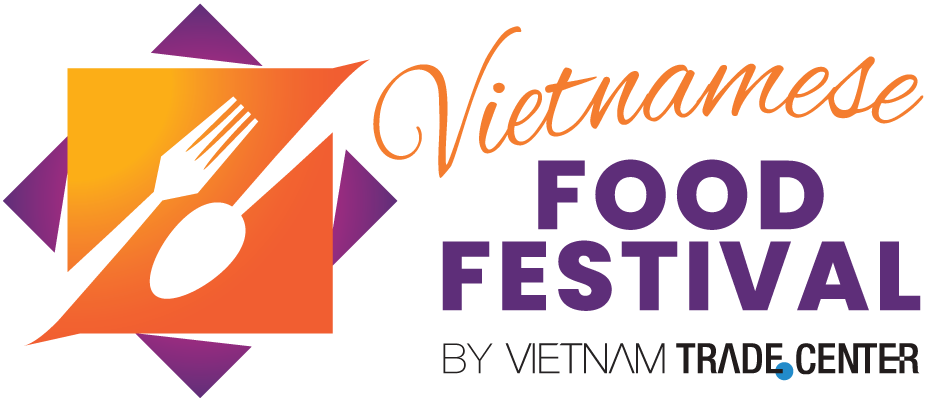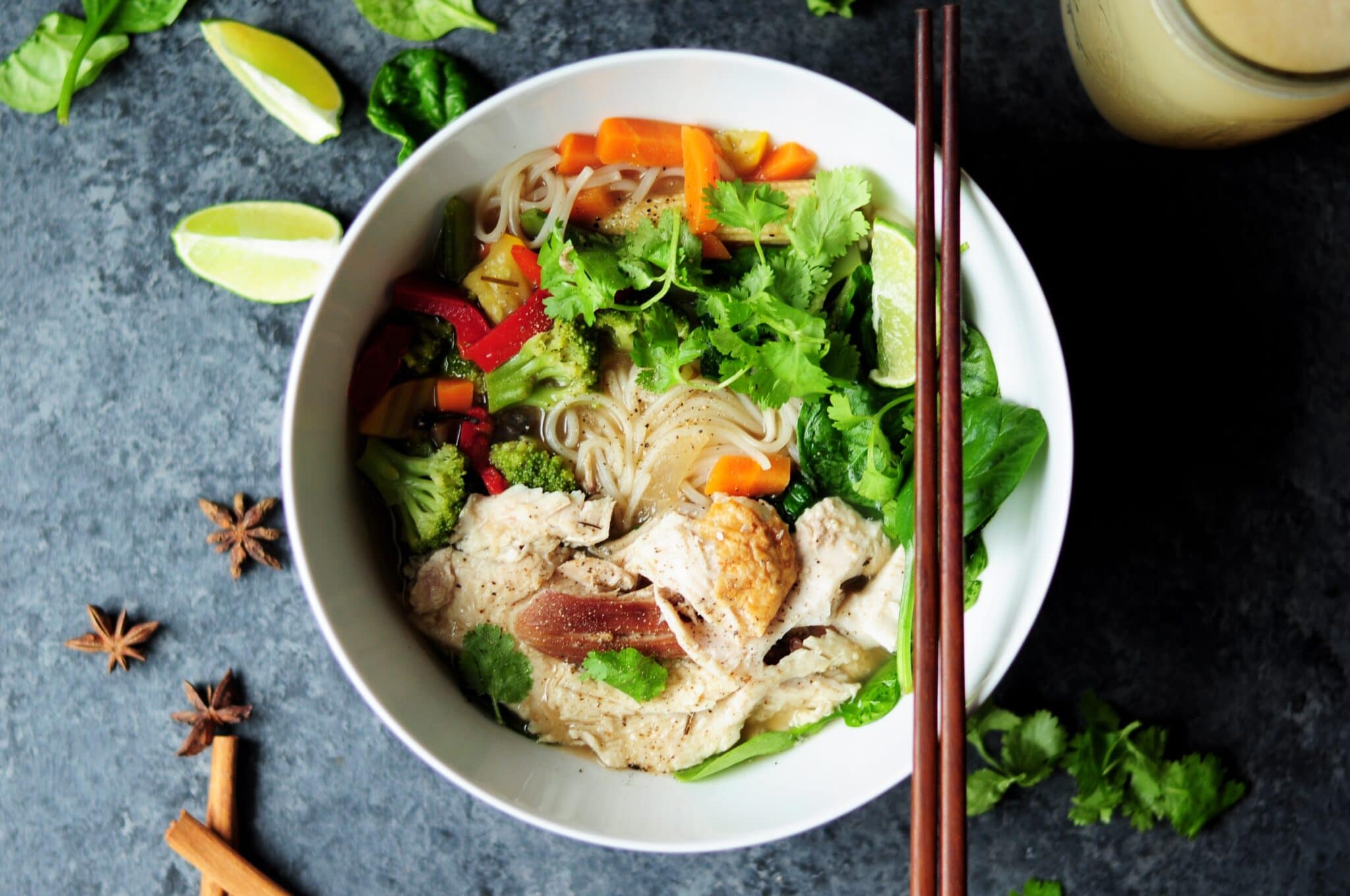Vietnamese Cuisine is always Rich and Delicious
Food is not only highly abundant in the Western world but also more varied than ever before. Any Western metropolis features a vast array of ethnic restaurants worldwide.
In contrast, Italian, French, Mexican, Chinese, Japanese, or Thai restaurants in most American towns are almost taken for granted. Chinese food has become so typical in America that members of other ethnic groups, such as New York Jews, consider it part of their culinary heritage.
We are currently living in a thrilling era of culinary diversity. However, it is essential to examine how familiar we are with foods from other ethnic groups. Are we genuinely flexible, open-minded, and experienced in the food we eat?
History of Vietnamese Culinary Culture
Vietnamese cuisine encompasses the foods and beverages of Vietnam. Meals feature a combination of five fundamental tastes (ngũ vị): SOUR, SPICY, SALTY, SWEET and BITTER. The distinctive nature of each dish reflects one or more elements – such as nutrients and colors, which are also based on a five-pronged philosophy. Vietnamese recipes include lemongrass, ginger, mint, Vietnamese mint, long coriander, Saigon cinnamon, bird’s eye chili, lime, and Thai basil leaves. Traditional Vietnamese cooking often uses fresh ingredients, not much dairy or oil, exciting textures, and herbs and vegetables. The cuisine is also low in sugar and almost always naturally gluten-free, as many dishes are rice-based instead of wheat-based, made with rice noodles, paper, and flour. Vietnamese cuisine is strongly influenced by the cuisines of neighboring China, Cambodia, and Laos, as well as French cuisine, due to French colonial rule over the region from 1887 to 1954.
Kikkoman, a leading soy sauce manufacturer, did market research confirming that fish sauce (nước mắm) is the predominant table sauce in Vietnamese homes, where it captures over 70% of the market, while the share for soy sauce is under 20%.
Influence from other Countries
Mì vằn thắn (wonton noodles soup) was influenced by Southern Chinese migrants. The French-influenced Bò kho (beef stew) and bánh mì (Vietnamese baguette). Cà ri gà (chicken curry with coconut milk) is influenced by Southeast Asian cuisine.
Besides indigenous Vietnamese influences, which are the central core of Vietnamese food, owing to historical contact with China and centuries of Sinicization, some Vietnamese dishes share similarities with Chinese cuisine.
In culinary traditions, the Chinese introduced to Vietnam several dishes, including vằn thắn/hoành thánh (wonton), xá xíu (char siu), há cảo (har gow), hủ tiếu (shahe fen), mì (wheat noodles), bò bía (popiah), bánh quẩy (youtiao), mooncake and bánh pía (Suzhou-style mooncake), bánh tổ (nian gao), sủi dìn (tang yuan), bánh bò, bánh bao (baozi), cơm chiên Dương Châu (Yangzhou fried rice), and mì xào (chow mein). The Vietnamese adopted these foods and added their styles and flavors to the foods. Ethnic minorities in the mountainous region near the China–Vietnam border also adopted some foods from China. Ethnic Tày and Nùng in Lạng Sơn Province adopted thịt lợn quay (roasted pork) and khâu nhục (braised pork belly) from China. Some New World vegetables, such as chili peppers and corn (maize), went to Vietnam from the Ming dynasty.
The Oriental Medicine believes that the five tastes correspond to the five elements of the organ as follows: SOUR taste belongs to WOOD in the Liver organ, SPICY taste belongs to METAL in the Lung organ, SALTY taste belongs to WATER in the Kidney organ, SWEET taste belongs to EARTH in the Spleen organ, BITTER belongs to FIRE in the Heart organ. Which flavor you like will nourish that organ.
Share via:


